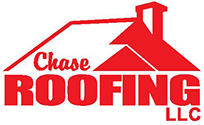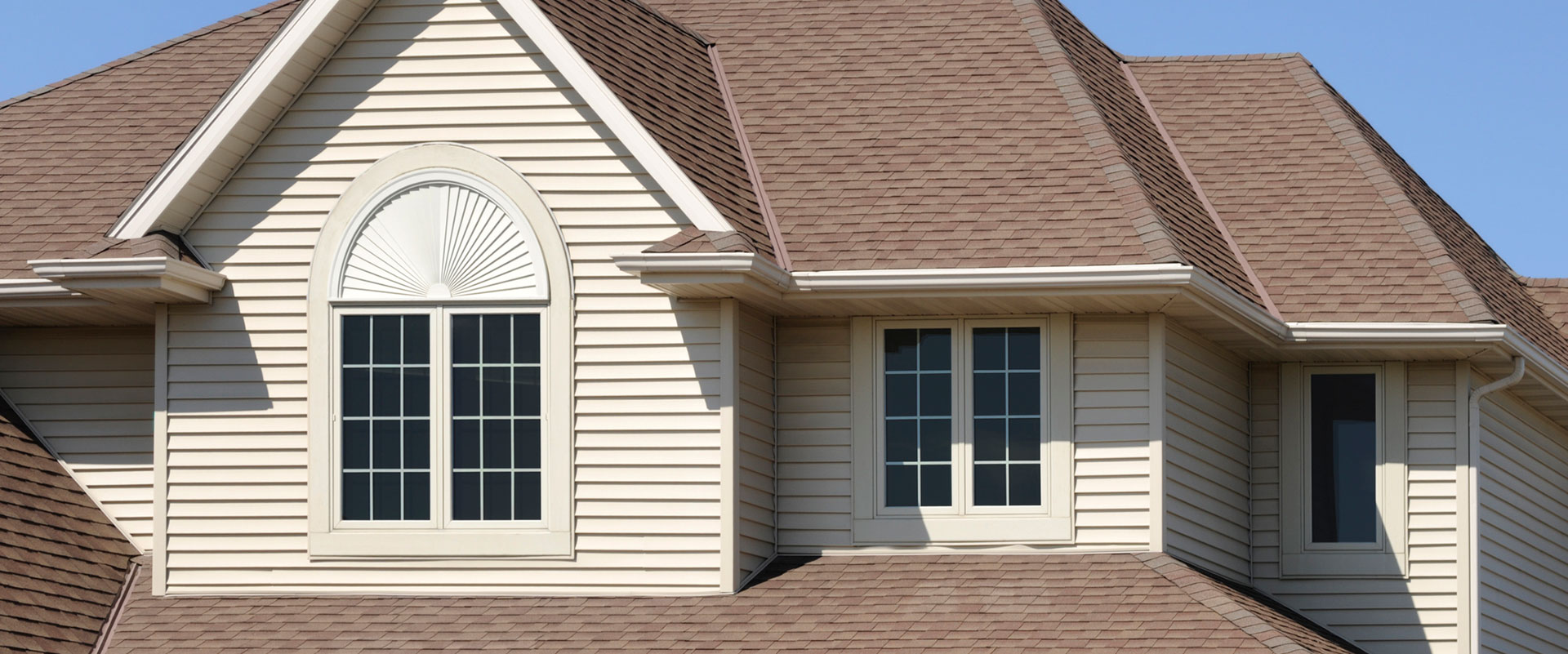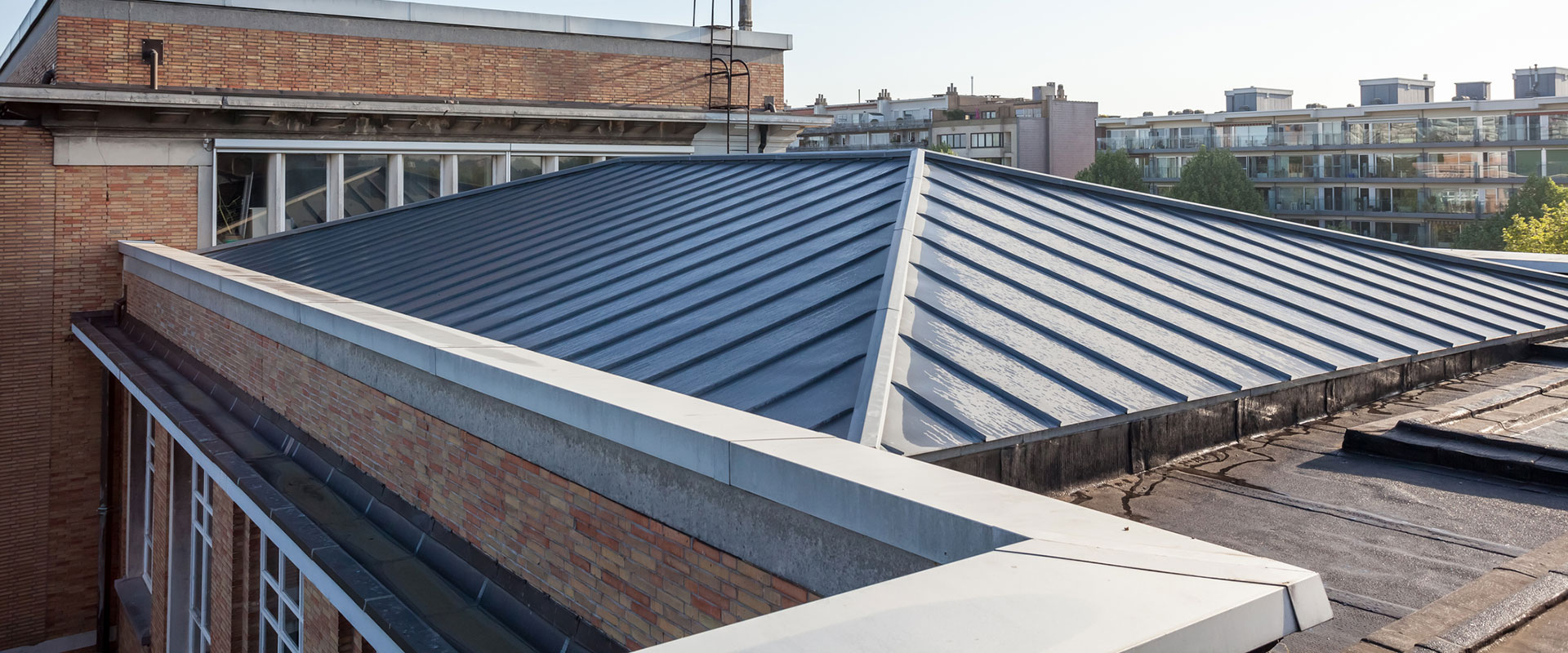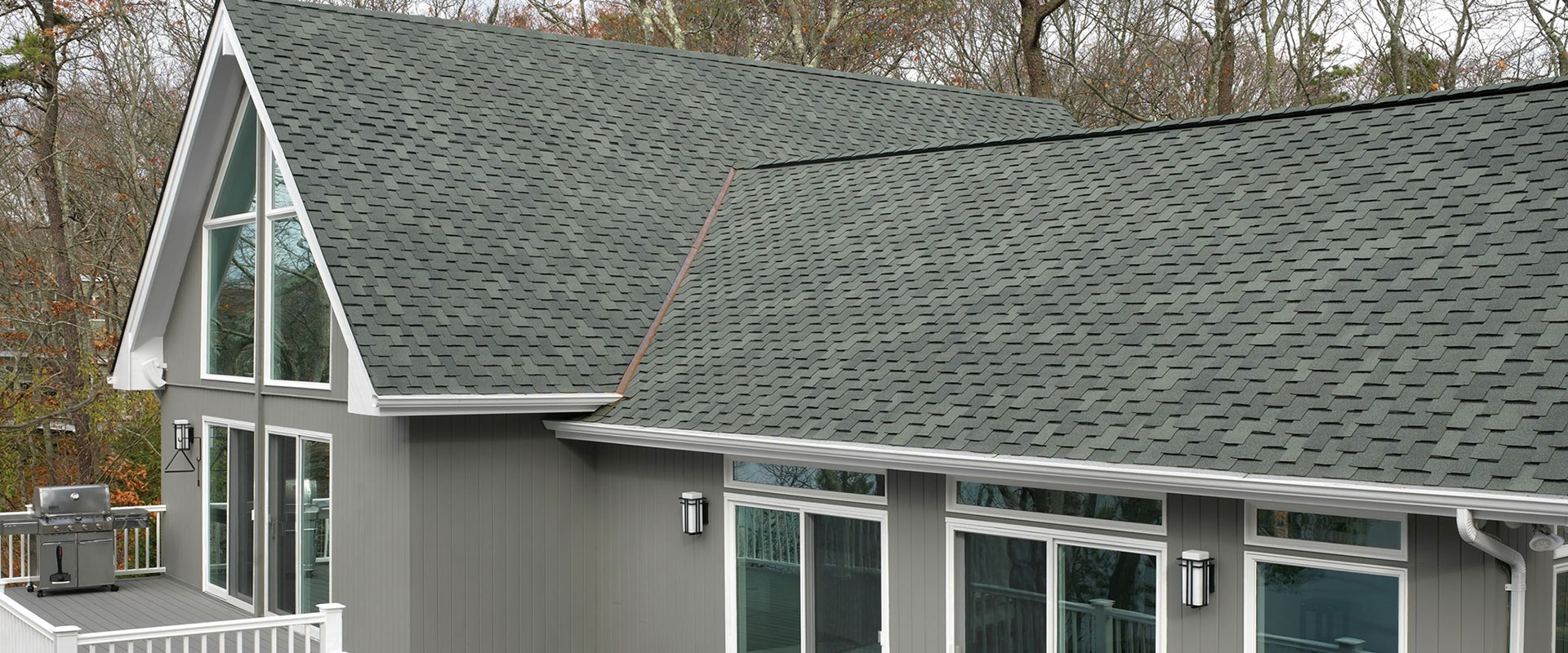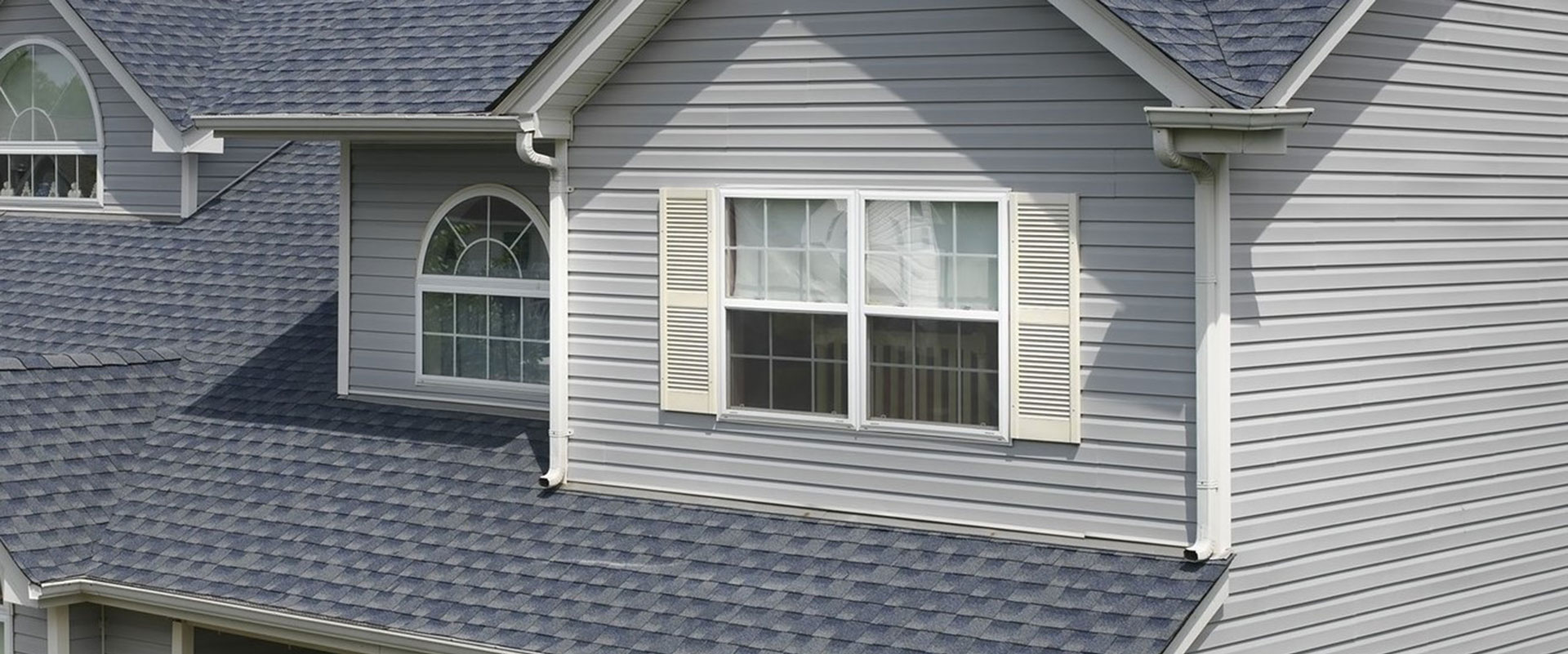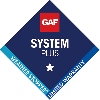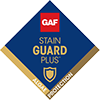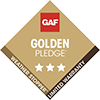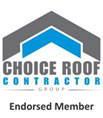Roofs can accumulate organic growth, particularly mold and algae. Understanding the difference between these two is critical for maintaining not only the appearance but also the integrity of your roofing system. Chase Roofing shares insights into the differences between roof mold and algae and the best practices for addressing each issue.

Identifying Roof Mold
Mold on your roof presents a series of health risks and structural dangers. It is typically dark green, black, or even brown in color, and thrives in areas that are constantly exposed to moisture and poor sunlight. Mold spores are known for their capacity to penetrate deep into roofing materials, causing decay and compromising the structural integrity of the roof. Additionally, mold can pose serious health risks, particularly to those with respiratory issues, by affecting the air quality inside your home.
The Telltale Signs of Algae
On the other hand, algae is a less ominous but more common sight on roofs. Manifesting as a black-green or sometimes a blue-green film, it primarily affects the aesthetic appeal of your roof. It is most commonly found in streaks or spots where water tends to collect and can remain on the roof for prolonged periods without causing significant damage to the roofing materials. Although algae is not as destructive as mold, it can detract from the beauty of your home and potentially affect its value.
Differentiating Between Mold and Algae
One of the simplest methods to differentiate between mold and algae is by observing their color and texture. Mold tends to have a fuzzier appearance and can be dark green, black, or brown. In contrast, algae appears as a smoother, slimy layer with a color palette that ranges from black-green to blue-green. Another factor to consider is the location and condition that generally support their growth; mold thrives in continuously damp conditions and is often accompanied by a musty odor, whereas algae prefer wet but intermittent conditions.
Effective Removal and Prevention Strategies
To address both roof mold and algae, it’s essential to adopt effective removal and prevention strategies tailored to each condition. Professional cleaning is imperative to remove both, requiring the use of appropriate cleaners to completely eradicate the organic growth. As for prevention, measures like proper roof ventilation, cleaning gutters, and trimming overhanging branches can significantly reduce the chances of algae and mold development on your roof. When planning a roof replacement, consider choosing shingles equipped with algae protection.
For all your roofing needs, from repairs to replacements, turn to Chase Roofing. Call us at (757) 206-1948, or fill out our contact form to schedule an appointment.
